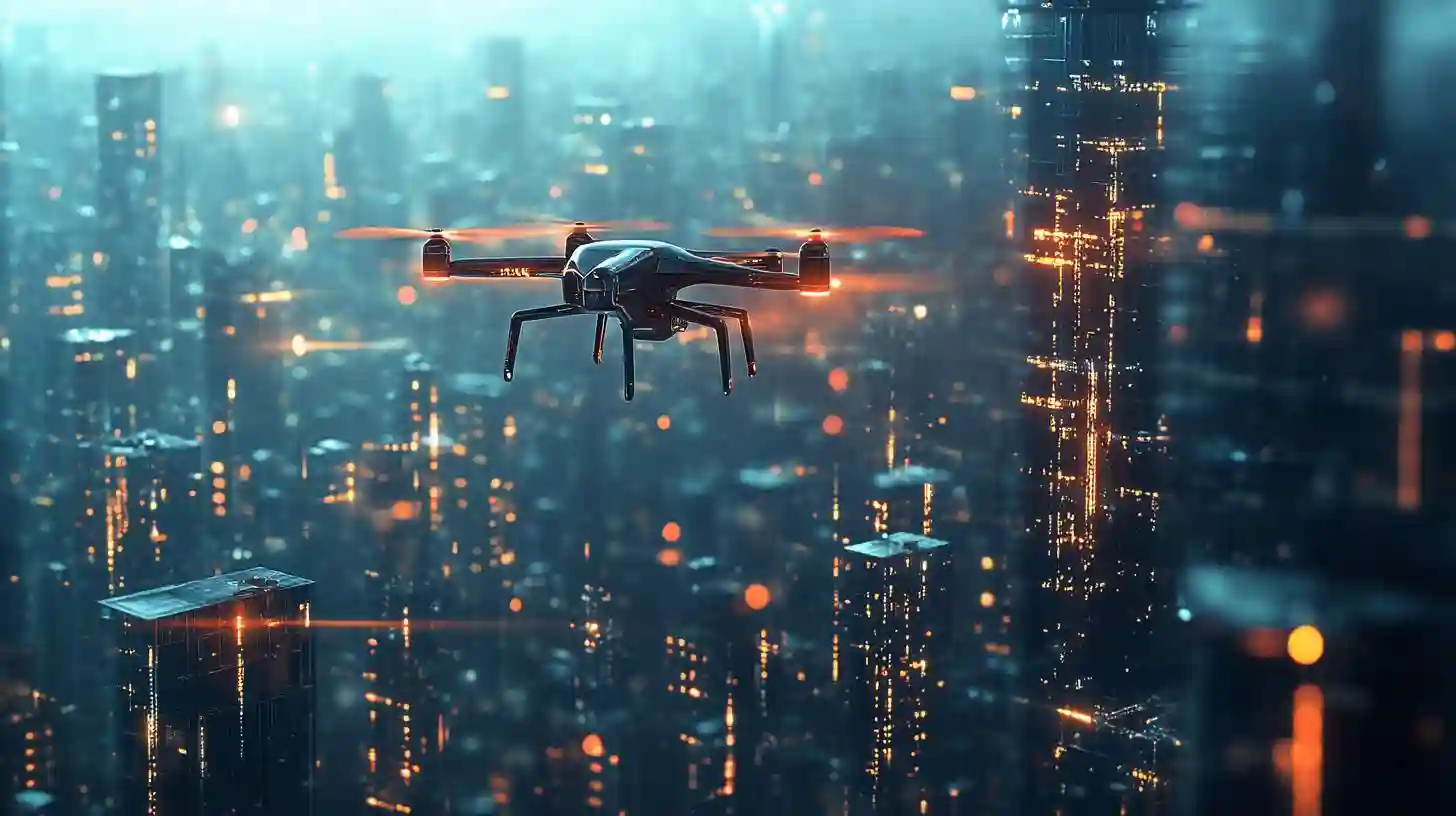
As we advance into an era defined by rapid technological growth, the capabilities of unmanned technology are becoming increasingly apparent. From drones to autonomous vehicles, the potential applications of these innovations span multiple industries, promising to revolutionize the way we live, work, and interact with our environment. The rise of unmanned systems is not just a trend; it signifies a pivotal shift in how businesses and societies can operate more efficiently and effectively.
One of the most compelling aspects of unmanned technology is its versatility. Drones, for instance, have transcended their initial application in photography and recreational use. Today, they are deployed in various fields, providing services that enhance efficiency and safety. In agriculture, farmers are utilizing drones equipped with sophisticated sensors to monitor crop health, assess soil conditions, and optimize resource allocation. This is particularly crucial as the demand for food continues to rise globally, necessitating innovative solutions for sustainable farming practices. Drones can also assist in pesticide and fertilizer distribution, thus minimizing human exposure to potentially harmful chemicals.
Moreover, unmanned technology has made significant strides in the realm of logistics and supply chain management. Companies like Amazon and Walmart are exploring the use of drones for last-mile delivery, aiming to reduce transportation costs and enhance delivery speed. The overhead benefits of such unmanned systems extend beyond mere convenience; they can revamp the entire logistics framework, paving the way for faster economic transactions and improved customer satisfaction. As these systems evolve, logistics firms are also investing in autonomous vehicles for long-haul transportation. These advancements could lead to fewer accidents, reduced traffic congestion, and lower operational costs, fundamentally altering how products reach consumers.
In the realm of emergency response and disaster recovery, unmanned technology has proven invaluable. Drones are deployed to survey disaster-stricken areas, providing real-time footage that can guide search and rescue operations. This capability is especially beneficial in situations where human access is perilous, such as during wildfires or floods. Robots designed for hazardous environments can navigate terrains that are too dangerous for human intervention, carrying out critical tasks such as delivering supplies or conducting structural assessments. By leveraging unmanned technology, first responders can make more informed decisions, thereby saving lives and resources.
Healthcare is another industry standing at the precipice of transformation thanks to unmanned technology. Telemedicine has already seen a rise in popularity, but the integration of drones and autonomous vehicles into healthcare logistics could change the landscape even further. Drones can transport medical supplies, vaccines, and even organs for transplantation across long distances in a fraction of the time it would take traditional vehicles. This capability is particularly vital in rural areas, where access to healthcare facilities can be limited. By facilitating timely deliveries of essential medical supplies, unmanned transport systems could enhance patient outcomes significantly.
Education is also beginning to benefit from unmanned technology in ways that were once unimaginable. Drones can be utilized in classrooms to provide students with hands-on learning experiences, especially in subjects like geography and environmental science. Educators are increasingly recognizing the potential for unmanned systems to engage students and spark interest in STEM (Science, Technology, Engineering, and Mathematics) fields. This engagement can create a new generation of skilled professionals capable of managing and innovating in a rapidly evolving technical landscape.
As with any technological advancement, the proliferation of unmanned technology raises important ethical and regulatory considerations. Privacy concerns loom large as drones equipped with cameras and sensors navigate urban airspace, prompting discussions about monitoring and data collection. The potential for job displacement, particularly in sectors like transportation and delivery, requires proactive measures from governments and industries to mitigate adverse impacts. Regulatory bodies must balance the advantages of unmanned systems with the need to protect public interests and uphold safety standards.
Despite the challenges, the trajectory of unmanned technology suggests a future brimming with opportunities. As innovations continue to evolve, industries will likely discover even more applications for these systems, improving quality of life and enhancing operational efficiencies. The dialogue around unmanned technology must continue to evolve, incorporating diverse perspectives and addressing societal concerns while embracing the myriad benefits these advancements offer. The future is now, and as we stand at this intersection of progress, the pathway seems both promising and expansive. Embracing unmanned technology is not merely an investment in efficiency; it is a commitment to a future where we can unlock greater potential through collaboration between humans and machines.